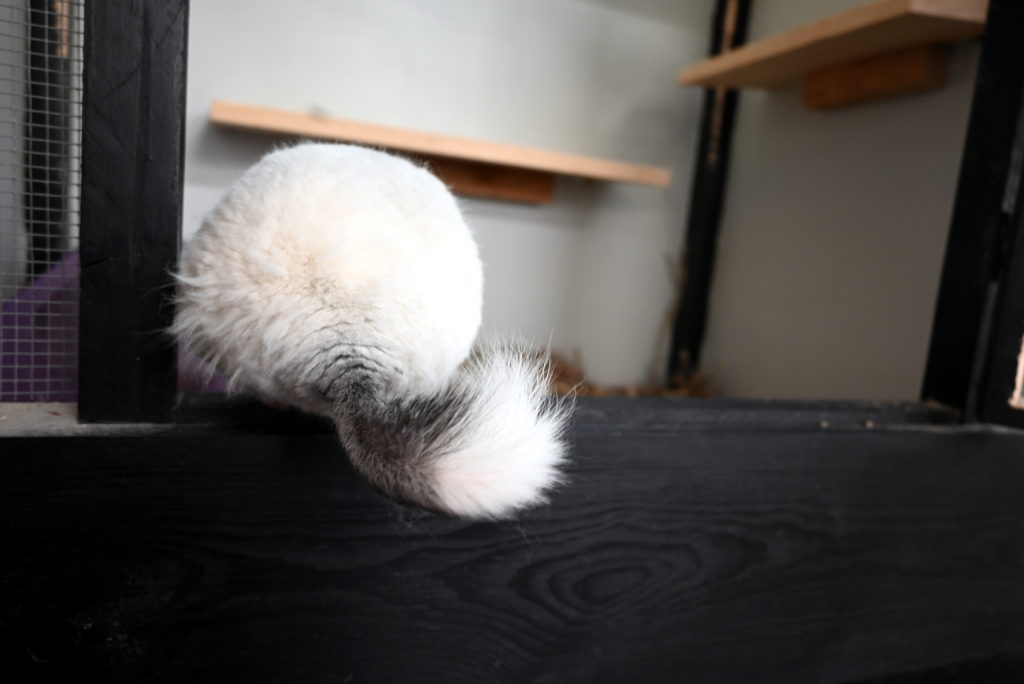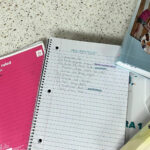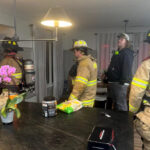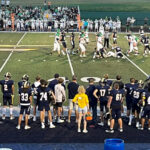By Eleni Bow
A soft hiss travels out into the area. The light hum of a filter increases as you pass a door. Gentle babbling of water fills your ears upon entering the place. Every now and then, a curious squeak can be heard from a passway.
You investigate these noises further and soon find yourself feeling textures of scales, fluff and a leathery shell.
It’s not a petting zoo, it’s a high school science wing.
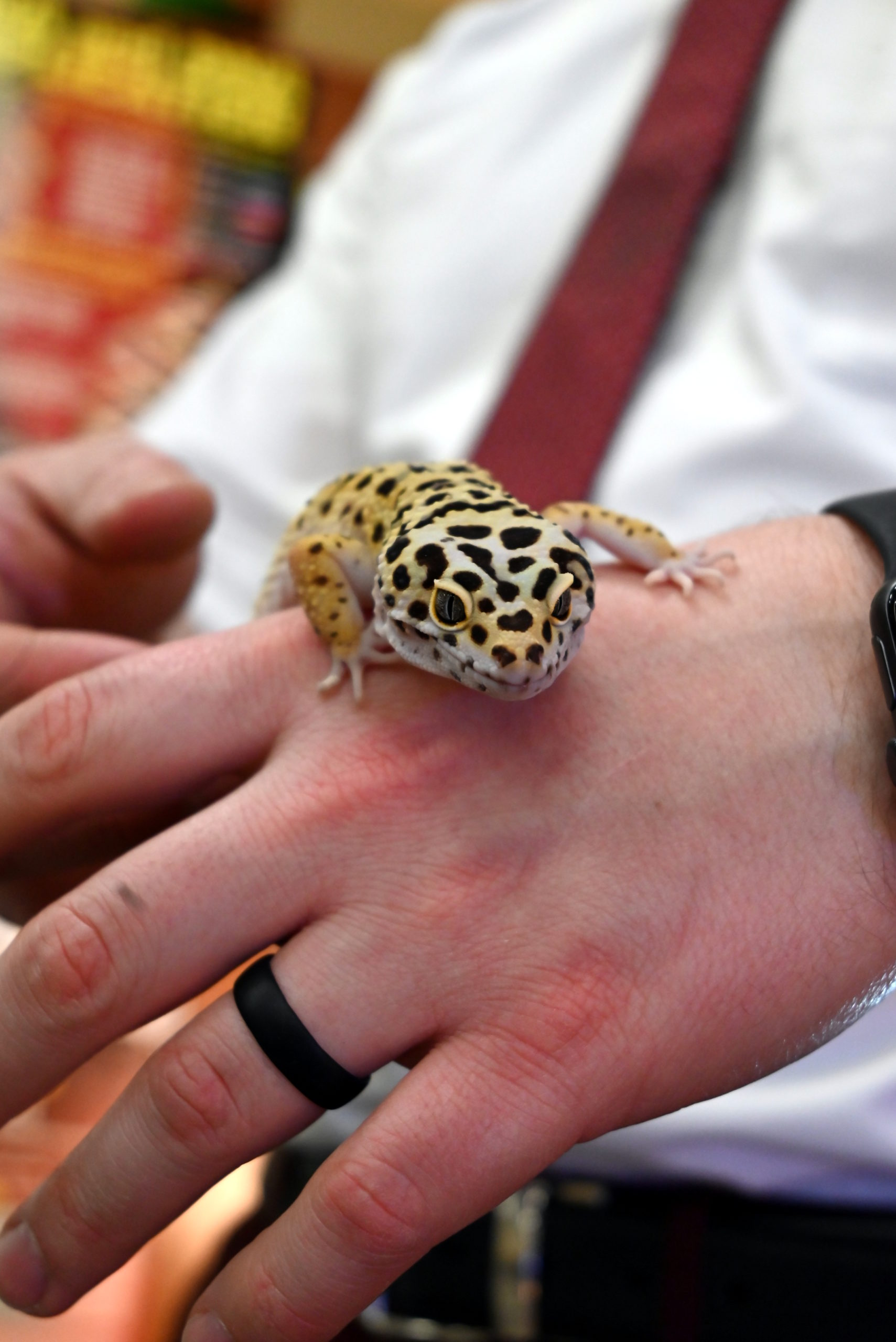
The science rooms are home to several animals living in the building, including fish, reptiles and rodents. It may seem odd as to why they’re here, but these animals actually play an integral role in understanding various areas of science.
“It’s all just a part of holistic learning,” Biology teacher Mr. Adam Lennon says.
Lennon first joined the Delta staff last school year, and with him came some not-so-furry friends.
Inside Lennon’s room 211 are a variety of “teachers’ pets,” including a leopard gecko students have dubbed Fungus, a large tank of goldfish, a tortoise and two African sideneck turtles.
“I call the two [turtles] Rosalind and Ellie, and the tortoise is named Franklin, so all three names spell out ‘Rosalind Elise Franklin’,” Lennon says.
Rosalind Franklin was a scientist who helped pioneer the structure of DNA, a staple of biology.
Lennon uses Rosalind and Ellie to help explain some biological processes in nature, such as the matter cycle.
When the turtles excrete waste, it contains high levels of nitrogen and ammonia, which can be toxic if not transformed into nitrates and recycled into the atmosphere. “We have to learn how that matter in the real world is cycled to the next phase of the matter cycle,” Lennon says.
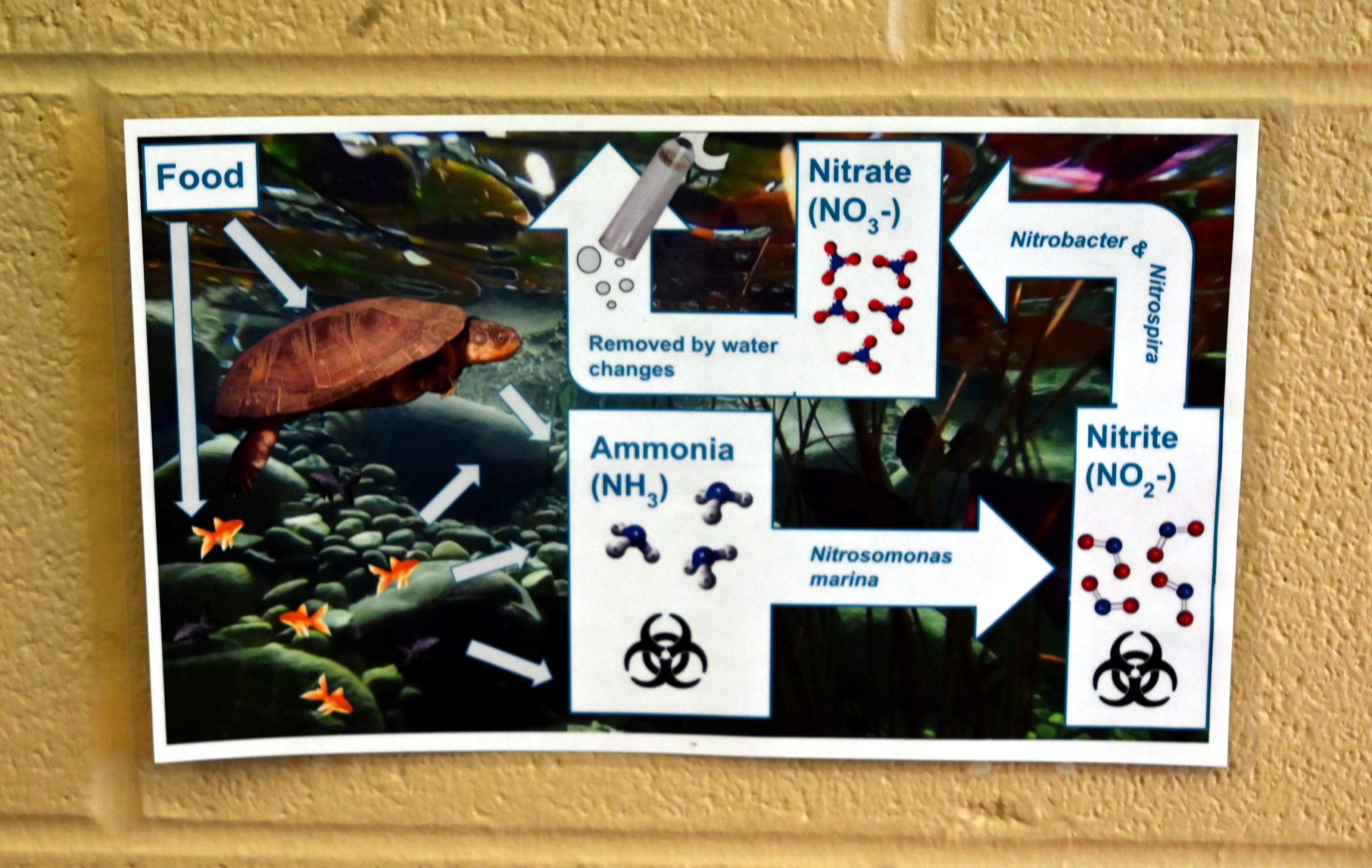
In Lennon’s second period biology class, freshman Makaya Wood enjoys the variety of animals, especially his gecko.
When she’s not in his class, Wood does her own work to further her knowledge on biology. “I did a little bit of research by myself for fish and their scale coloring and stuff like that,” Wood says. “It’s fascinating.”
The fluffiest animal here is a chinchilla named Cleo, short for Cleopatra. She lives in Biology and Earth/Space science teacher Mr. Brian Brewer’s room, along with a tank of fish, a desert kingsnake, a Mexican kingsnake, and a Somali milk snake.
“I feel blessed that the school allows us to keep them here,” Brewer says. “I understand that it is a privilege that can disappear at any time.”
While Cleo does not explain a specific part of biology, she does help create a more interesting environment for science as a whole. Brewer has had a variety of animals in his room throughout his teaching career, and each has given a “wealth of exposure” about the animal kingdom.
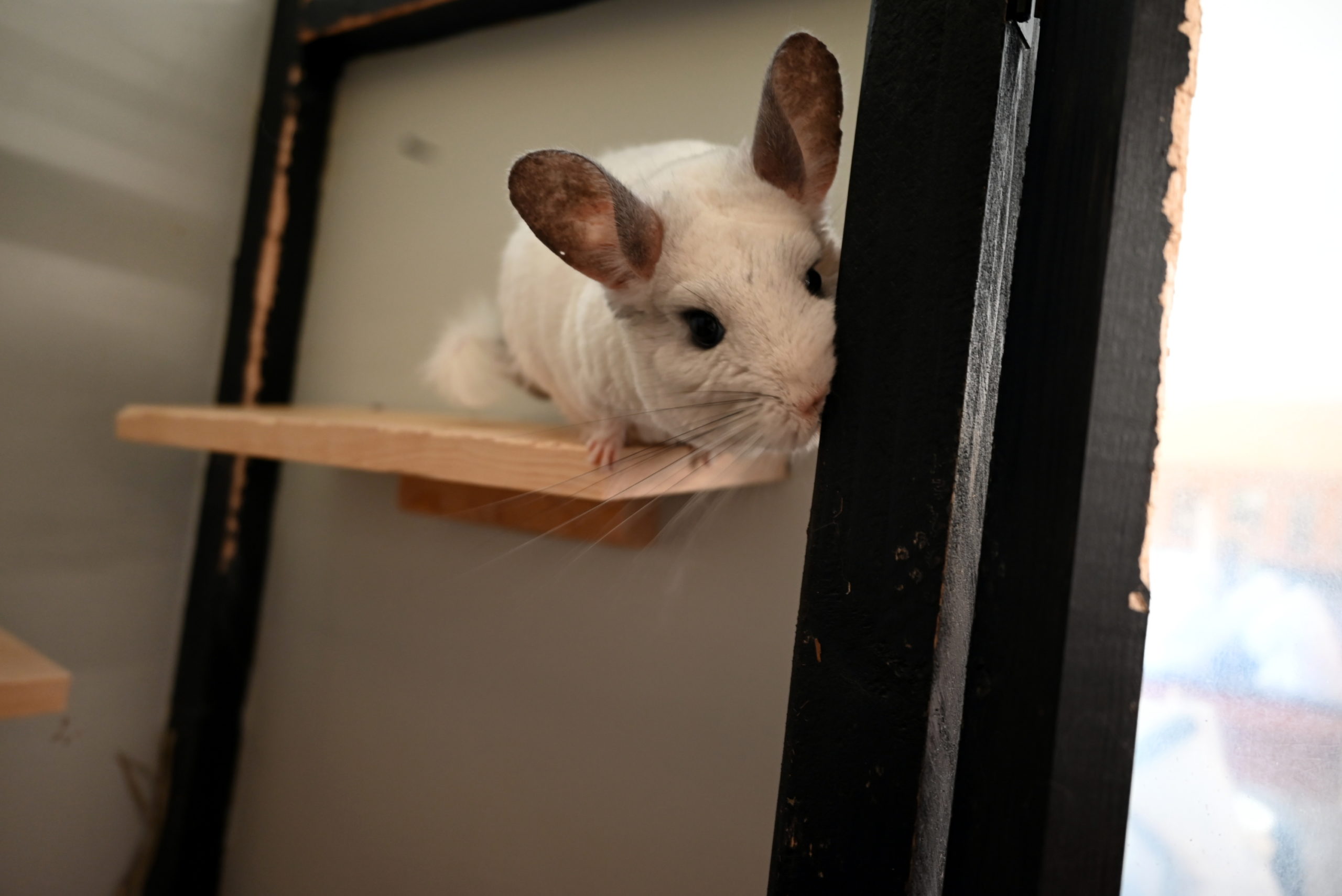
Brewer believes that his animals, especially his snake, give students a sense of confidence when confronting their fear of them. “A lot of people are afraid of snakes,” he says. “Each year, I’ll have a student conquer their fear and touch a snake for the first time. That’s pretty special to watch.”
Lilly Swingley is a junior taking Earth/Space science with Brewer during fifth period. She likes to come to class as soon as possible to say hello to Cleo. “I just kind of pet her and give her raisins,” Swingley says. “She’s cute!”
Biology and Anatomy/Physiology teacher Dr. Lance Brand has one snake and 20 cichlid fish. His snake is an unnamed 18-year old Sinaloan milk snake. While the Sinaloan is nonvenomous, its scale pattern looks similar to those snakes that are venomous, such as a copperhead.
“The fact that the Sinaloan milk snake looks like other highly venomous snakes helps protect it from predation,” Brand explains. “It’s nice to be able to show this to students when we talk about evolution and adaptation.”
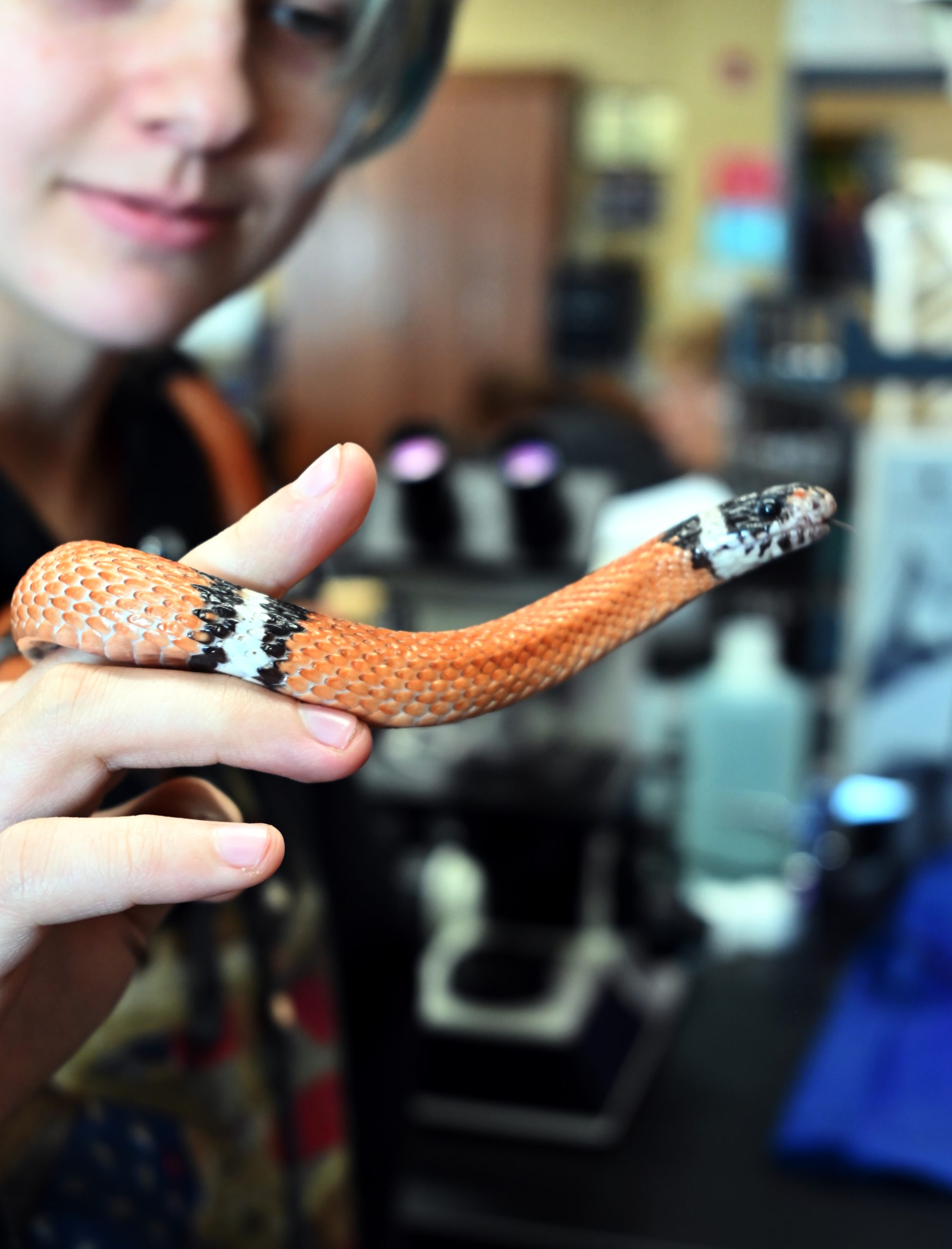
Amelia Thompson is a freshman in Brand’s class with a fondness for his Sinaloan milk snake. If she has extra time in class, she likes to hold the snake and even clean out his enclosure.
“Whenever it sheds, I’ll clean out its old skin and get it fresh water,” Thompson says.
Not only do these animals add a touch of cuteness and intrigue to the school, they also provide science students with a unique way of learning and understanding their subject.
A photo gallery with these animals and more can be found here.

